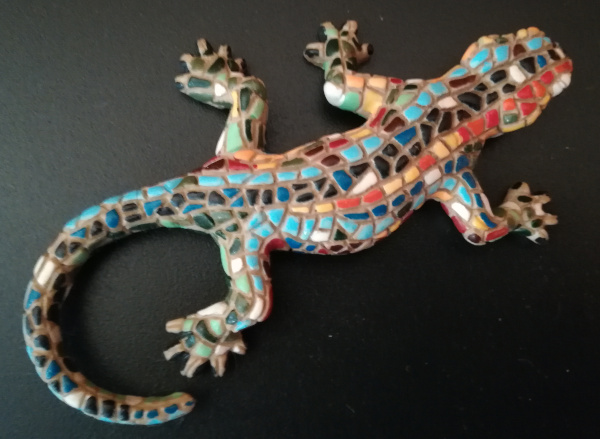Si trova su / Altri legami
© 2020 The Author(s). Published on behalf of The Electrochemical Society by IOP Publishing Limited. This is an open access article distributed under the terms of the Creative Commons Attribution 4.0 License (CC BY, http://creativecommons.org/licenses/ by/4.0/), which permits unrestricted reuse of the work in any medium, provided the original work is properly cited.In this work, a carboxylic acid–functionalized graphene (Gr–COOH)–modified glassy carbon electrode (GCE) (Gr–COOH/GCE) was developed and applied for the sensitive determination of hydroquinone in pharmaceutical products. Gr–COOH on a GCE was used as an adsorbent in adsorptive anodic stripping voltammetry (AdASV). Scanning electron microscopy (SEM), Fourier transform infrared spectroscopy (FT–IR), cyclic voltammetry (CV) and AdASV were employed to characterize the surface morphology and electrochemical behavior of the Gr–COOH/GCE. The sensitivity of the Gr–COOH/GCE was 3, 7, and 10 times higher than those of a Gr/GCE, GCE–COOH and bare GCE, respectively. Several operational parameters, including the amount of Gr–COOH, preconcentration potential and preconcentration time, were optimized. Under optimum conditions, the peak current response linearly increased with the hydroquinone concentration in the range of 0.1–40.0 μmol l−1 (r = 0.999) with a high sensitivity of 19.86 μA (μmol l−1)−1 cm−2 and a limit of detection of 0.04 μmol l−1. This proposed modified electrode exhibited good repeatability, accuracy and precision. It also showed good anti–interference properties. This method was successfully applied to detect hydroquinone in skin–lightening products.


